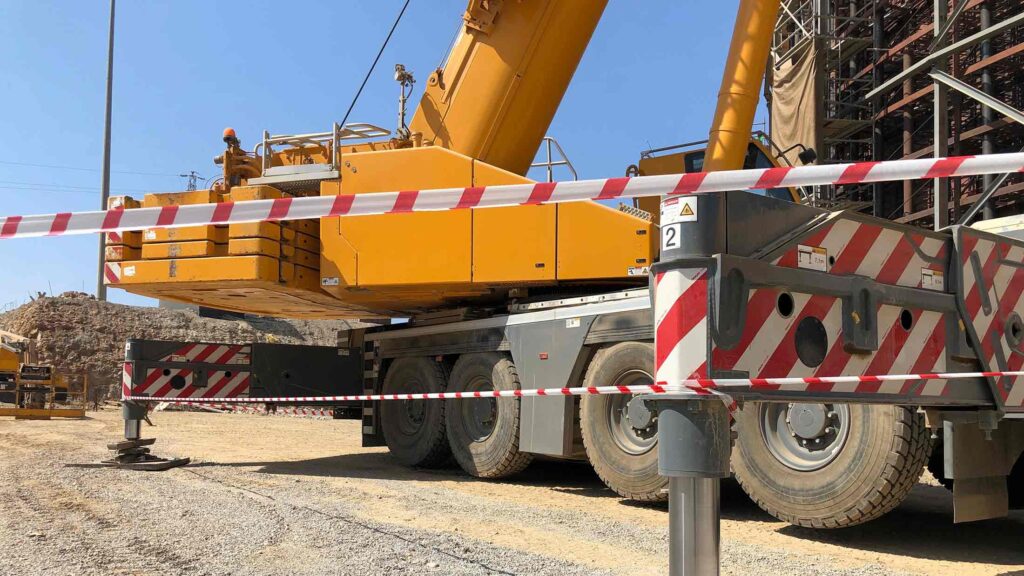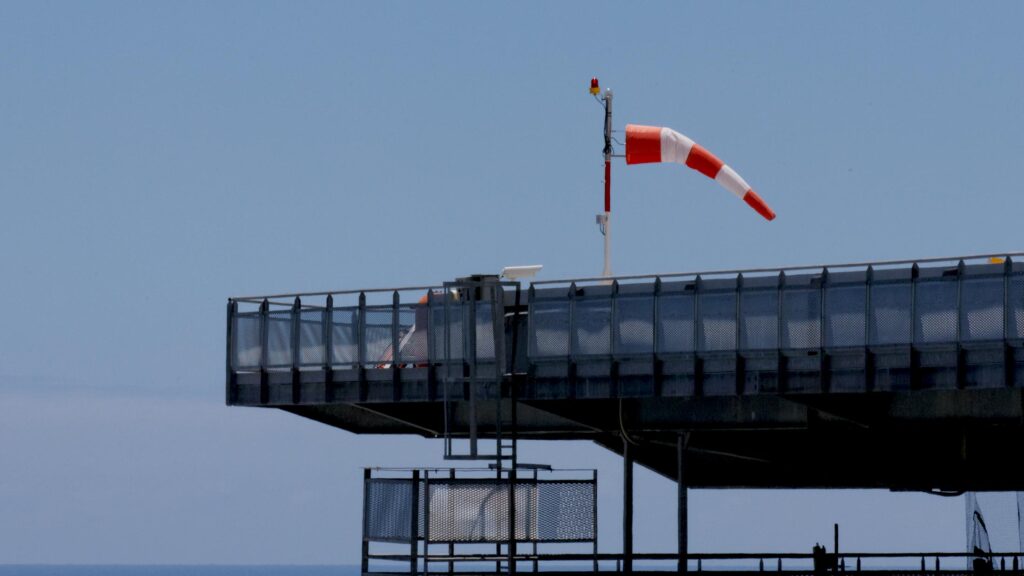Don’t Twist It: Preventing Sling Twist and Torsion in Rigging Operations
Sling twist is one of the most commonly overlooked causes of rigging failures, sling wear and load instability. Whether you’re using synthetic webbing, wire rope, or chain slings, improper setup or load rotation can result in torsion (twisting tension) that severely compromises safety.
In this week’s ELEVATIP, we explore how sling twist occurs, what hazards it introduces, and how to prevent it through good rigging practices and equipment awareness.
What Is Sling Twist and Why Is It Dangerous?
Sling twist occurs when the lifting sling — regardless of material — becomes twisted along its axis during a lift. This may happen when:
- The load rotates during elevation.
- The rigging setup is not aligned with the load’s COG.
- The crane hook spins under tension.
- The slings are installed with a pre-existing twist.
Twisting places uneven stress across the sling fibres or links, reducing their effective strength and accelerating wear. In extreme cases, it can cause a catastrophic sling failure.
Key Risks of Sling Twist
Common Causes of Sling Twist
- Misaligned Load and Hook
When the crane hook is not centred over the load’s COG, the lifting action pulls at an angle, causing the load to rotate — and the slings to twist. - Uneven Sling Lengths
When slings are of differing lengths, one takes more tension, and the imbalance may cause load rotation. - Swivelling Without Swivels
Attempting to rotate a load without a proper swivel device at the hook or shackle can induce torsion in the slings. - Inadequate Pre-Lift Check
If slings are placed on the load already twisted, the issue worsens once tension is applied.
Best Practices to Prevent Sling Twist
Special Considerations by Sling Type
- Chain slings: Less sensitive to twist but still subject to link damage and misalignment.
- Web slings: Highly vulnerable; twisting weakens structure and causes sharp edge damage.
- Wire rope: May kink permanently when twisted under load — extremely dangerous.
Real-World Insight
On a fabrication site, a heavy steel tank was lifted using two synthetic slings. One sling was unintentionally twisted once before use. As the crane took the load, the twist forced the tank to rotate slightly, bringing it dangerously close to a scaffolding tower. After that incident, the team implemented a new checklist step: “trace and flatten all slings before every lift.”
Simple precautions prevent serious consequences.

